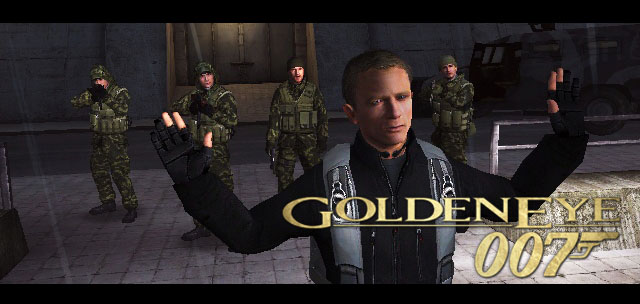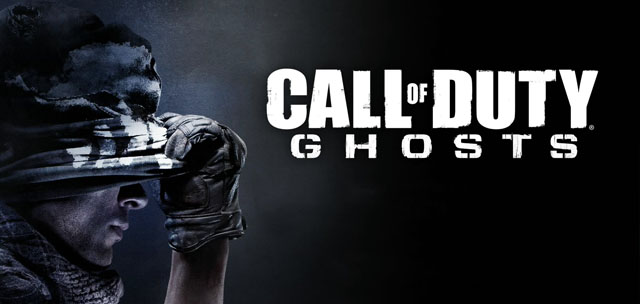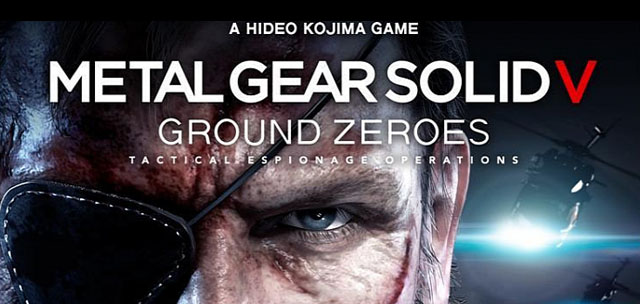Beyond intros and outros
Whilst examining cinematics in games, we are not merely referring to simple cutscenes - intros and outros to levels - but to the epic, ambitious cinematic sequences seen in contemporary gaming titles. Nevertheless, whilst the role of cinematics has increased in leaps and bounds over the years, there are many other areas that could benefit from such an approach that, at times, even game developers can be guilty of underutilising. Thankfully, many studios are now using cinematics to their best advantage; gone are the days where cutscenes played a predominantly practical role, relied upon to cover flaws in game design or to link together a weak narrative into some form of relatively convincing storyline - to an extent, at least. Cinematics departments can play an incredibly flexible role within a studio, not only delivering cutscenes to hold players' attention during loading screens, binding together disparate levels or justifying moving characters to different locations within a game, but their creative and artistic merit adds enormously to the experience of playing a compelling, carefully produced AAA title. In a nutshell, cinematics are not only a fundamental tool in visual storytelling, character development and producing an interactive movie-like feel to gameplay, but, vitally, they create an emotional bond between the characters and the player. Judicious use of well produced cinematics can not only enhance each of these areas, but also plays an enormous role in wider areas, such as marketing. Just think how frequently a game's cinematic sequences comprise the bulk of a television or cinema trailer; without cinematics, games advertising would not have the stunning visual impact that we see today. Professionally produced, slick cutscenes also add an additional layer of quality and value to a game - whilst simultaneously bridging levels, informing and entertaining the player.
From consoles to the silver screen...and back again
Whilst Donkey Kong is credited as the first use of a narrative cinematic within a game, visual storytelling has evolved dramatically over the past ten years as we have seen a crossover between techniques used in the movie industry being brought into games - and vice versa. With the release of each movie blockbuster, there is frequently an accompanying gaming title - think Star Wars, Batman and Bond to name a few. Furthermore, Hollywood certainly has not been averse to rifling through the games drawer as many hugely successful gaming titles, and iconic characters, have made the leap from the console to the silver screen. A great example of this is Tomb Raider, where Lara Croft, played by Hollywood superstar Angelina Jolie, brought the character beyond the living room and into the movie theatre. Further successful transitions include Mario, Resident Evil and even Doom made the move from first-person-shooter to movie, where certain point-of-view shots were transferred intact from the game and into the film. We have also seen the reverse happen, as many of Hollywood's great directors and scriptwriters, such as James Bond scriptwriter Bruce Feirstein, as well as Spielberg, Cameron and Scott, are getting into the realm of games. These are exciting collaborations as games and movies continuously inspire and ignite the enthusiasm and passion within each creative field. Not only do cinema's titans add a sprinkling of Hollywood glamour, but their endorsement of the world of gaming lends additional credence to the industry justly gaining recognition as a valid form of art, as well as entertainment for the masses.

The power of cinematics
The success of many AAA games is down, in no small part, to compelling storytelling. The Last of Us saw the emotionally harrowing tale of Joel and Ellie's battle to survive in a post-apocalyptic world overrun with infection, and the brilliantly imagined world of Bioshock and the morality based storyline transports the player into stunningly visualised worlds. Any article discussing cinematics would be seriously remiss if it failed to mention the biggest gaming blockbuster, Call of Duty - not only does this incredibly successful franchise have hugely impressive visuals, but also a strong narrative of conflict and the effects of war running throughout. Whilst the narrative is deeply embedded within gameplay, Call of Duty remains an enormously cinematic franchise that keeps players hooked and demanding more. When developing the eagerly anticipated GoldenEye 007 in 2010, we were acutely aware that the cutscenes represented iconic moments of the much beloved Rare title. We took great care to ensure that these moments, albeit in an updated and re-imagined fashion, were carefully - and respectfully - incorporated into the cinematics of Eurocom's release. Such is the power of cinematics to capture the imagination and to be remembered nostalgically for many years to come; we knew that we had to retain the elements that the fans were anxious to see, whilst delivering novel cutscenes in an original and exciting manner that a whole new generation would also enjoy and appreciate.

Advances in the use of cinematics
Today, cinematics are no longer confined to intros or outros - or simply bookending gameplay. Nowadays, such sequences play an integral role in level design as narrative is incorporated into gameplay and affords players the opportunity to participate in cinematic sequences and interactive cutscenes - a fantastic development in their use. As both a developer and an avid gamer, I am always thrilled to see a bold and imaginative use of cinematics; brilliant, epic visuals, coupled with a compelling script, keep me, and legions of other players, wanting more. Of course, the particular balance between cinematics and gameplay is down to personal preference. For example, Hideo Kojima's beautifully produced, gorgeous cinematics are sometimes criticised for dominating gameplay; however, for players seeking the experience of being immersed into Metal Gear's highly detailed world, this is immensely enjoyable. Conversely, other players prefer a different balance; for instance, Halo adopts a more equal ratio of cinematic to gameplay and provides an alternative approach to the use of such sequences. From Resident Evil 4 prompting the player to press buttons during sequences to perform context sensitive actions to the sophisticated Heavy Rain or Beyond: Two Souls where players perform actions, using the control pad, that closely mimic real life movements, interactive cinematics add a whole new dimension to the world of gaming. As technology has advanced, we have seen the emergence of motion sensing devices, such as the Wii controller and the PS3 Move that allow for more complex movements and further add to a feeling of immersion. Kinect has brought a novel approach to interactivity, for instance, in Mass Effect players voice their commands during cinematics to shape the narrative flow. These improvements have transformed cinematics from being a solely passive medium, to enabling players a level of input previously unseen in earlier games.

The future of cinematics
We have come a long way since, the admittedly hugely enjoyable, Donkey Kong and as technology advances and the lines between games and interactive movies become increasingly blurred, I am excited to see what the future holds. As new techniques are developed to better retain the players' immersion within the game, cinematics continue to play a thrilling role in creating a cohesive narrative flow and an emotional connection between player and game.
www.martinmcbain.com







Great article man, thanks for sharing.
I also do believe of the power a cinematic can bring to a successful video game experience.